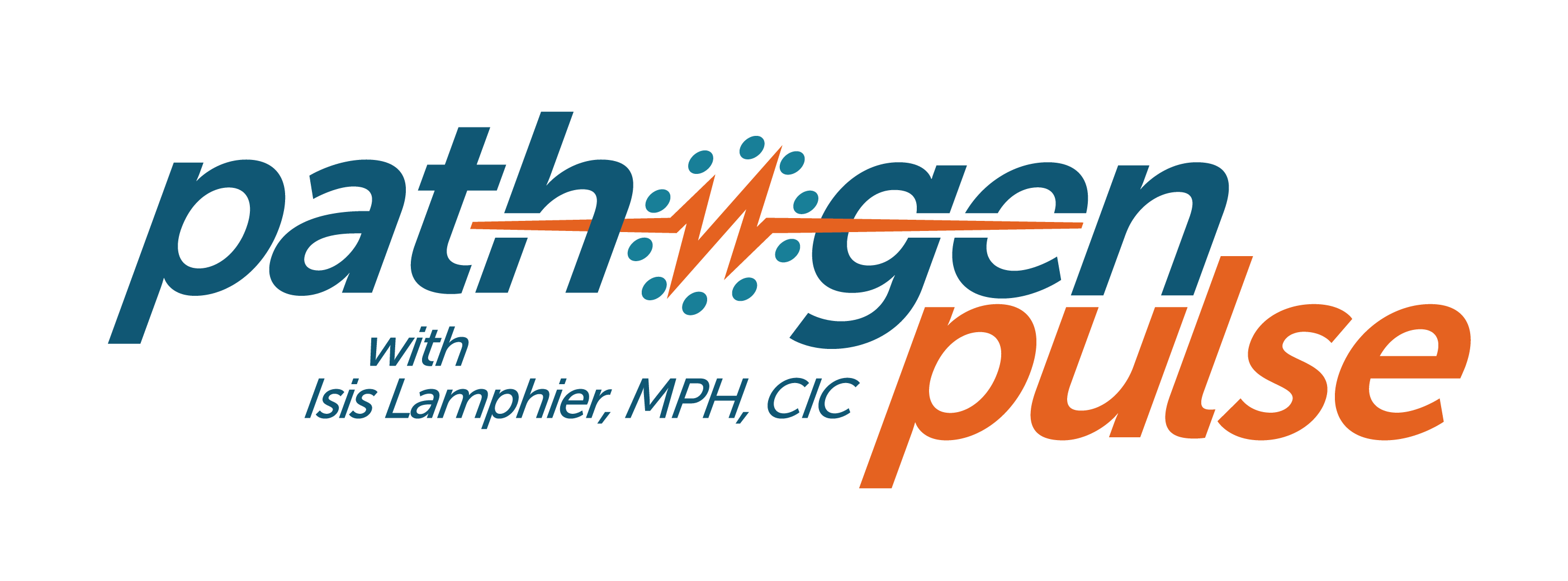Pathogen Pulse: Canadian Probe Into Teen’s Critical H5N1 Case: Implications for Infection Preventionists
A critical H5N1 case in a British Columbia teen underscores zoonotic disease challenges, highlighting the virus's mutation potential and the need for vigilance and cross-sector collaboration.
Infection Control Today's Pathogen Pulse with Isis Lamphier, MPH, MHA, CIC

Editor's update: According to CIDRAP, "The California Department of Public Health (CDPH) today reported one more avian flu infection in a dairy worker and yesterday announced a widened recall of Raw Farm's raw (unpasteurized) milk products following more positive test results." Also, the CDC raised the national total to 58 workers who have fallen ill.
A critical case of H5N1 avian influenza in a British Columbia teenager has renewed focus on the complexities of zoonotic diseases. Despite exhaustive investigations, health officials have been unable to pinpoint how the teenager contracted the virus, underscoring the difficulty of tracing the origins of such infections. H5N1—commonly called bird flu—poses a significant public health threat due to its ability to cause severe illnesses in human and potential to adapt and become more transmissible.
The teen, critically ill since early November, remains hospitalized in stable condition. Bonnie Henry, MD, MPH, FRCPC, OBC, British Columbia’sprovincial health officer at the British Columbia Ministry of Health, noted that extensive testing of contacts, animals, and environmental samples has not revealed additional infections. Genetic analysis of the virus suggests a possible link to cackling geese found in the Fraser Valley, but the investigation has raised questions about whether an intermediary host might have played a role.
The patient’s illness began with conjunctivitis and progressed to a severe respiratory infection, marked by concerning mutations associated with human adaptation and deeper lung involvement. These findings suggest the virus may have undergone changes after infecting the patient, raising further alarm about its potential for evolution.
This case highlights the critical need for early detection, robust infection control measures, and collaboration across health sectors to mitigate the risks posed by emerging infectious diseases. Although human-to-human transmission of H5N1 remains rare, the virus’s ability to mutate and its widespread presence in animal populations reinforce the importance of vigilance and preparedness within health care systems and communities.
Strengthened surveillance for H5N1 is critical in health care settings, particularly for patients presenting with conjunctivitis, fever, or respiratory symptoms, as early detection enables rapid intervention and minimizes transmission risks. Environmental monitoring, including wastewater and wildlife testing, should be prioritized in areas experiencing avian outbreaks. The close association of H5N1 with wild birds, such as cackling geese, emphasizes the importance of collaboration between public health and veterinary sectors to assess zoonotic risks and potential cross-species transmission.
The inability to identify the exact transmission pathway in this case reinforces the complexity of zoonotic disease surveillance. The genetic divergence between the virus found in the patient and strains affecting poultry suggests environmental exposure as a key risk factor, but the lack of clarity on intermediary hosts complicates prevention efforts.
Concurrent H5N1 outbreaks in dairy herds and poultry in the US, including Hawaii, illustrate the virus’s ability to adapt across species. Infection preventionists working in both human and animal health must prepare for potential cross-sector outbreaks.
The Canadian H5N1 case serves as a powerful reminder of the challenges posed by zoonotic diseases. For infection preventionists, it emphasizes the need for vigilance, cross-disciplinary collaboration, and robust infection control measures. While human-to-human transmission remains rare, the virus’s capacity to mutate demands ongoing surveillance, comprehensive education, and proactive prevention strategies to safeguard public health.
To keep up on the latest on H5N1, check out CDC’s H5N1 page.
Newsletter
Stay prepared and protected with Infection Control Today's newsletter, delivering essential updates, best practices, and expert insights for infection preventionists.
Reducing Hidden Risks: Why Sharps Injuries Still Go Unreported
July 18th 2025Despite being a well-known occupational hazard, sharps injuries continue to occur in health care facilities and are often underreported, underestimated, and inadequately addressed. A recent interview with sharps safety advocate Amanda Heitman, BSN, RN, CNOR, a perioperative educational consultant, reveals why change is overdue and what new tools and guidance can help.
New Study Explores Oral Vancomycin to Prevent C difficile Recurrence, But Questions Remain
July 17th 2025A new clinical trial explores the use of low-dose oral vancomycin to prevent Clostridioides difficile recurrence in high-risk patients taking antibiotics. While the data suggest a possible benefit, the findings stop short of statistical significance and raise red flags about vancomycin-resistant Enterococcus (VRE), underscoring the delicate balance between prevention and antimicrobial stewardship.
What Lies Beneath: Why Borescopes Are Essential for Verifying Surgical Instrument Cleanliness
July 16th 2025Despite their smooth, polished exteriors, surgical instruments often harbor dangerous contaminants deep inside their lumens. At the HSPA25 and APIC25 conferences, Cori L. Ofstead, MSPH, and her colleagues revealed why borescopes are an indispensable tool for sterile processing teams, offering the only reliable way to verify internal cleanliness and improve sterile processing effectiveness to prevent patient harm.
The Next Frontier in Infection Control: AI-Driven Operating Rooms
Published: July 15th 2025 | Updated: July 15th 2025Discover how AI-powered sensors, smart surveillance, and advanced analytics are revolutionizing infection prevention in the OR. Herman DeBoard, PhD, discusses how these technologies safeguard sterile fields, reduce SSIs, and help hospitals balance operational efficiency with patient safety.
Targeting Uncertainty: Why Pregnancy May Be the Best Time to Build Vaccine Confidence
July 15th 2025New national survey data reveal high uncertainty among pregnant individuals—especially first-time parents—about vaccinating their future children, underscoring the value of proactive engagement to strengthen infection prevention.